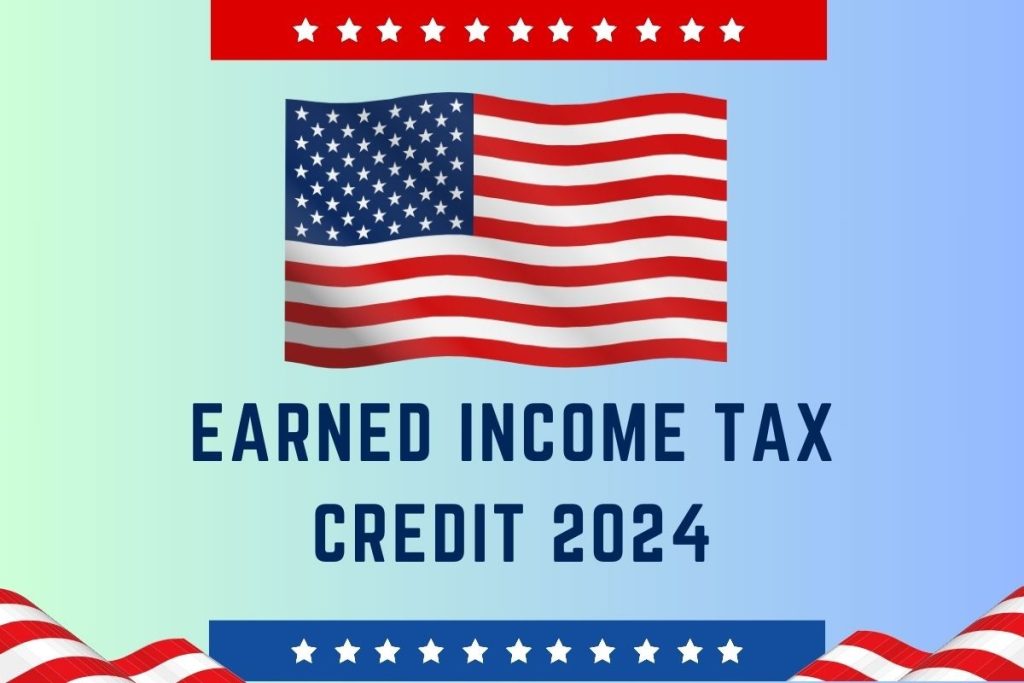Children’s Health Insurance Program (CHIP): Key Updates and What It Means for Families
The Children’s Health Insurance Program (CHIP) is a critical safety net for millions of low-income families, ensuring children receive access to essential healthcare services. Recent reforms and legislative efforts aim to strengthen this vital program, but challenges remain as enrollment dips and child poverty rises. Here’s what’s changing and why it matters.
Efforts to Improve Access and Stability
To address gaps in coverage, the Biden administration has rolled out new policies to streamline how families enroll in CHIP. A major regulation introduced in March 2024 simplifies application processes and makes it easier for families to renew coverage. This change is expected to prevent lapses in coverage that can leave children without access to critical healthcare.
At the state level, several states have received federal approval to provide multi-year continuous enrollment for children under CHIP. This means families won’t have to reapply annually, reducing administrative burdens and ensuring uninterrupted healthcare access for kids.
Calls for Permanent CHIP Authorization
A growing coalition of advocacy groups and lawmakers is urging Congress to permanently authorize CHIP. In November 2023, more than 80 organizations petitioned lawmakers to pass legislation ending the program’s periodic reauthorization cycle. Making CHIP permanent would bring stability to families who rely on it and eliminate uncertainty about future funding.
The Challenges: Enrollment Declines and Rising Poverty
Despite these positive changes, CHIP is facing significant challenges. Enrollment in Medicaid and CHIP dropped by 5.5% between March and September 2023, leaving approximately 2.3 million children without coverage. This comes as child poverty rates have surged, making affordable healthcare access even more critical for families.
Experts point to administrative hurdles and a lack of awareness about eligibility as key factors driving this decline. Advocates are calling for more outreach and streamlined processes to ensure that eligible families can access the program.
Bold Reforms Proposed for Medicaid and CHIP
The American Academy of Pediatrics (AAP) has proposed a groundbreaking idea to merge Medicaid and CHIP into a single, unified health insurance program for children. Under this plan, all newborns would be automatically enrolled, with families given the option to opt out if they have other coverage. The AAP believes this approach could eliminate coverage gaps and provide equitable access to healthcare for all children.
What It Means for Families
These changes and proposals signal a commitment to strengthening CHIP, but the challenges highlight the importance of staying informed and proactive. Families relying on CHIP should monitor their coverage status, explore renewal options, and look out for upcoming state and federal updates.
CHIP remains a cornerstone of children’s health in the U.S., and ongoing efforts to expand access and improve the program are essential for ensuring that every child has the opportunity to thrive. Families should take advantage of available resources to secure the healthcare their children need.



